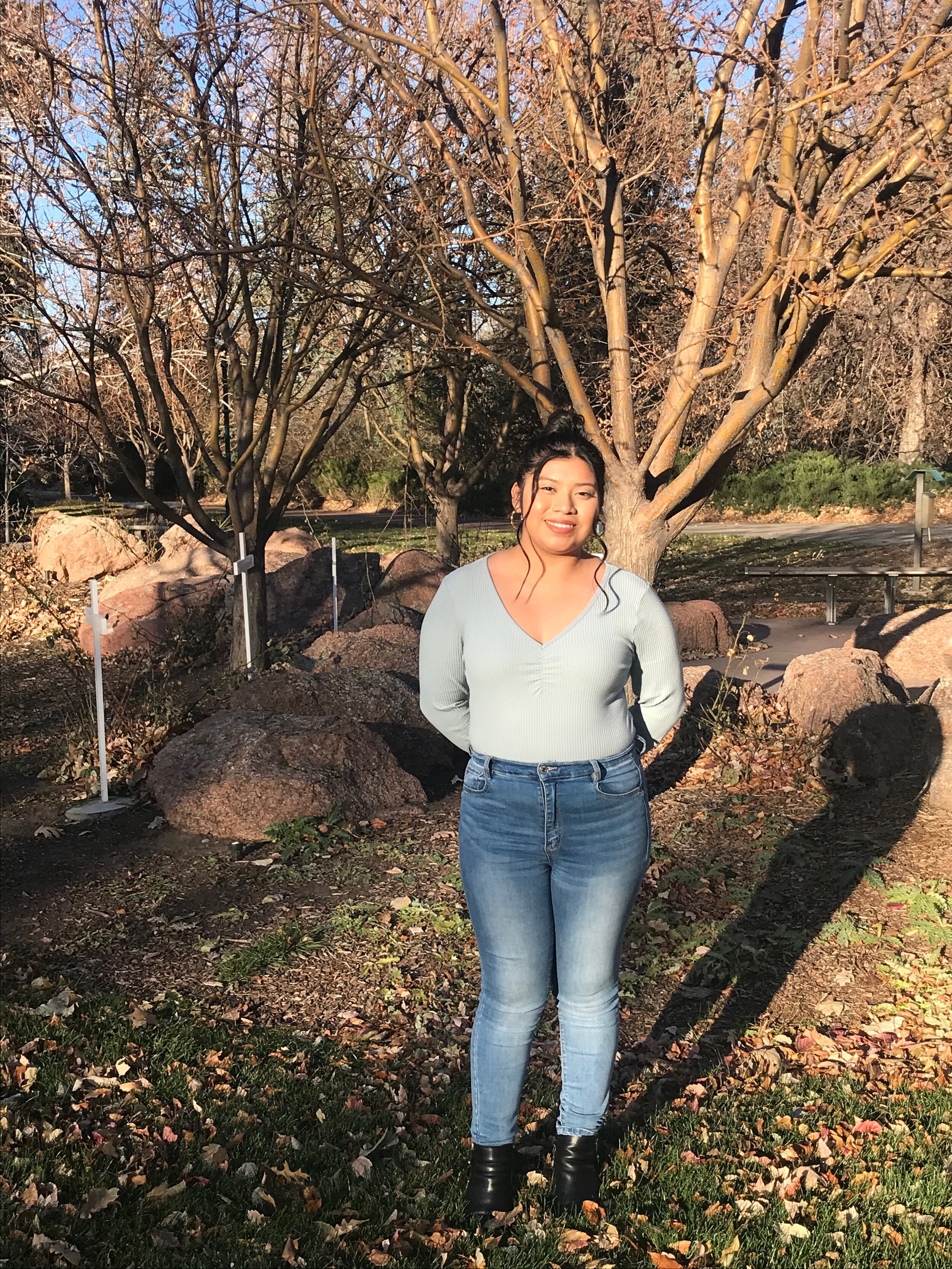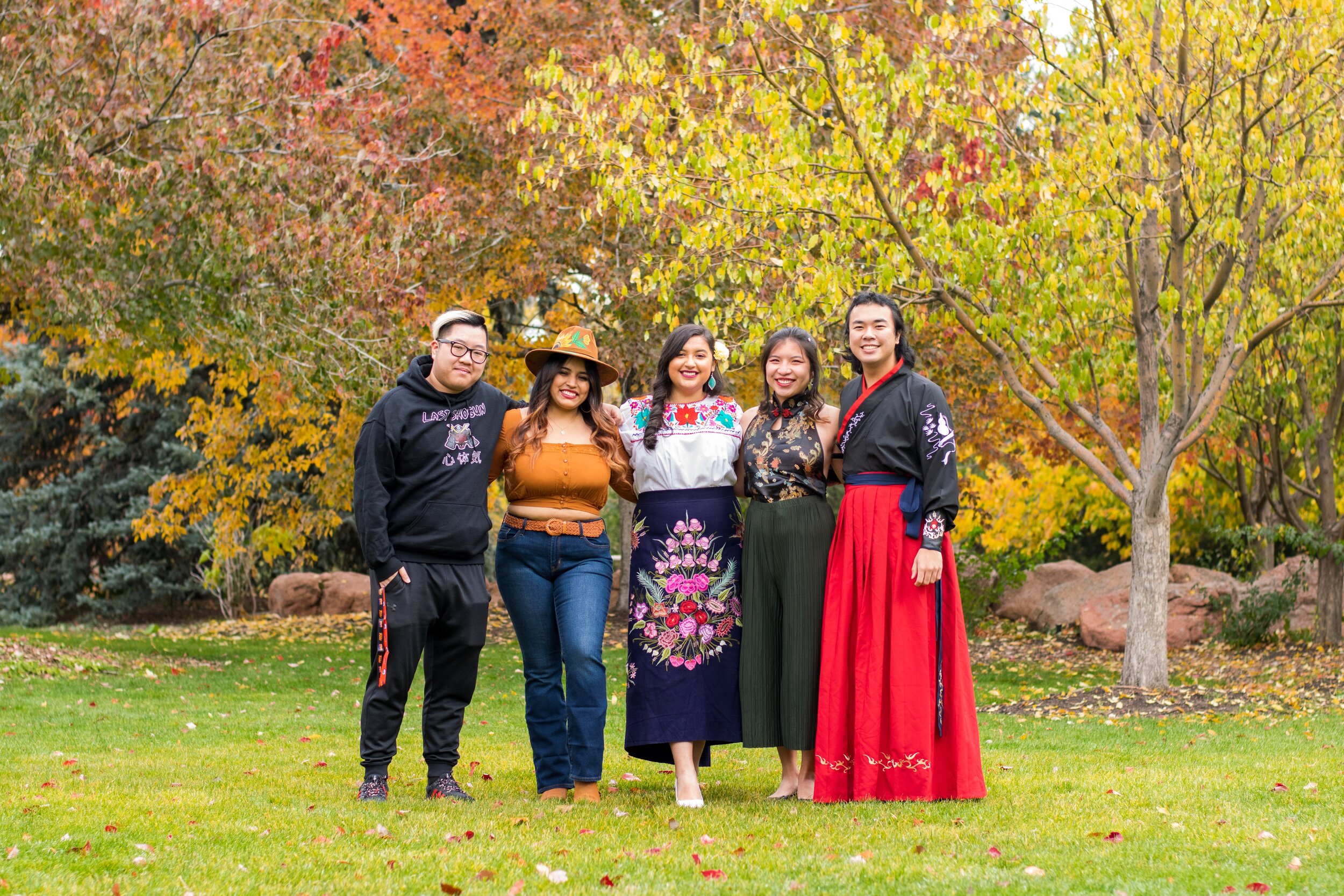By: Carly Compesi, Staff Writer
Carly: What inspired you to do this event?
Celine: Primarily to represent the diversity and showcase the diversity of students that we have here at Regis. I feel like it’s not brought to light as much as I want or other students want. I think it’s important to showcase and take pride in where you come from whether that be your own roots or your family’s roots or your parent’s roots because I think it’s something very beautiful to put out there. It definitely makes up a large portion of who a person is, so just to showcase that in a magazine or everybody to see is very important, especially in the times we’re living in now.
Carly: What is your goal for this project?
Celine: My goal for this project is to introduce a diverse range of students who are representing many countries from across the world. And to (hopefully!) take this magazine and convert it into a tradition where other students can hop onto the project and add their ideas to it. My hope is, by next year, we’ll have the magazine and, by the Fall of my junior year, we’ll have issue number 2. Hopefully, we either pick a theme to go with or allow more students to participate—I feel like this time is kind of a trial run. Turns out, by the looks of it, the turn out today was pretty good. So those are my hopes. Just keep it going.
Carly: I heard the name [of this magazine] took a long time to pick out. Tell me about the name.
Celine: So the name--we were debating between so many names, but we definitely wanted to keep it kind of broad, just because a lot of countries are being represented, a lot of students are going to be represented. And we were not looking only looking to represent culture [and] heritage. We are definitely trying to represent students through religion or sexual orientation or any symbol that represents them. So the name “Kalon” in Latin means “beauty that is beyond skin deep” and we decided on that name because we wanted a formal name that we could use for every magazine—and then put a subtitle on it and change the issue number—just to keep the tradition going and kind of keep it sacred.
Carly: What would you tell someone who was interested in participating—especially if they feel like their culture is harder to see or present outwardly?
Celine: I would normally tell students who are interested but struggling to find pinpoints that are culture-related—because I feel like a lot of students thought that this was only culture and heritage-related—come and just find a symbol or anything that represents them. It doesn’t have to be culture, you know? We’re all unique. We’re all beautiful in different ways. I’ve just told them to show up [and] have fun with the photoshoot because it’s honestly just them showcasing who they are. A person is much more than a skin color. They are much more than their ethnic background or their social economic background.
Carly: When do you think people will get another opportunity to join and/or when can people access Kalon?
Celine: Hopefully, by early February, [we’re holding] another photoshoot to allow more students to participate—like a second round of photoshoots—before we go forward with formulating the magazine. My hope is by mid-March, the magazine will be done because, over the winter break, we’ll see the templates and layouts of how to design the magazine.
Carly: Alright. Is there anything you want to add? Is there anyone you want to thank?
Celine: I would like to thank all of the affinity groups—SOMOS, ASA, BSA, QSA, the Sustainability Club. And honestly, everybody that’s been working—all the professors and the advisors who have come to show support. I think it’s pretty nice to have all of us united, so thanks to them for making it happen. Also, shout-out to the photographers. It was kind of hard to find a photographer, but the Highlander is helping us a lot.


